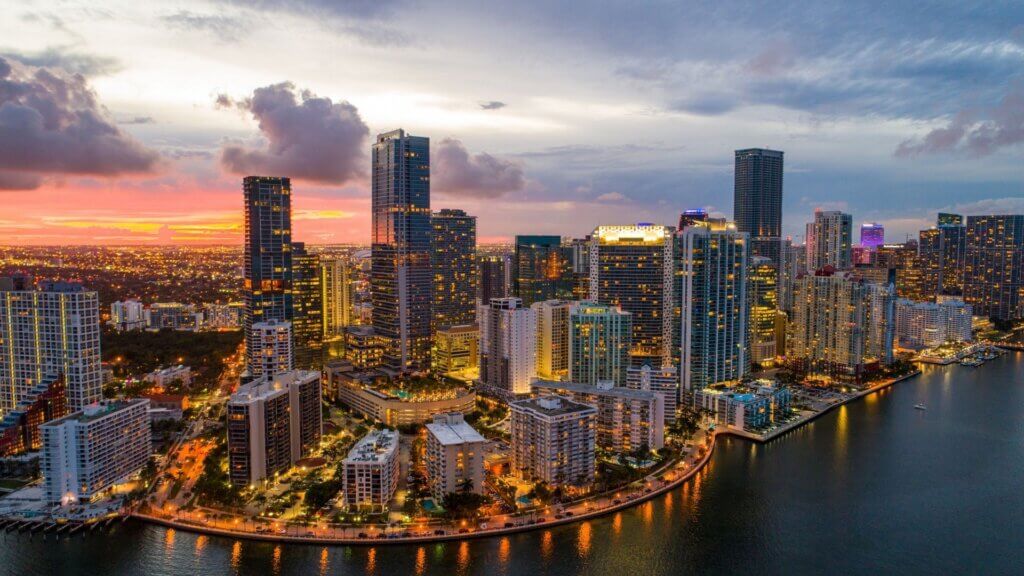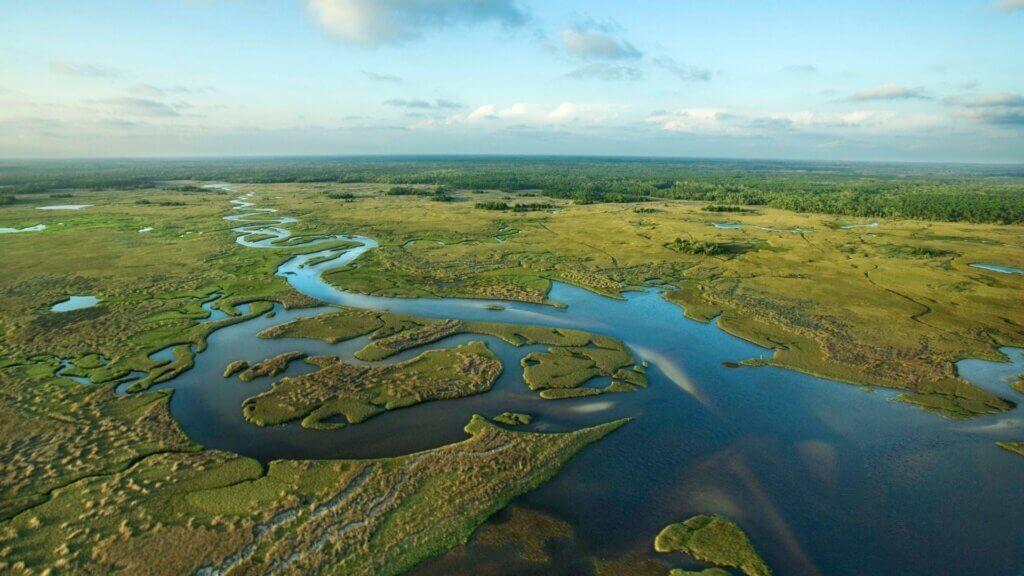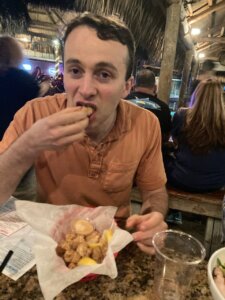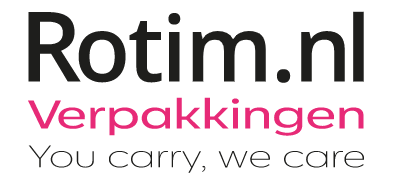
A few weeks ago, the Financial Times proclaimed this year “the Miami Moment.” The city loudly had rejected Corona lockdowns, and now it seemed like the entire American population was moving to South Florida, intent on sand and sun, but business too. As the Times noted, a city that had once attracted rejects and failures, eager to drown their sorrows in one of her wild clubs, had grown into a magnet for ambitious entrepreneurs. AEGEE member Jeffrey Schulman, decided to see what all the hype was about.
The first sign that this would be a special experience came amid the lukewarm coffee and empty storefronts in New York’s Kennedy Airport. The departure gate was a zoo; the airline had redeployed its giant Boeing 777s, used for international flights before the pandemic, to carry half the population of New York City down to Florida. At least, it felt like half of New York city on that giant crowded plane.

Arriving in the 30 degree South Florida evening, after shedding jacket, sweater, and long pants, it was time to find dinner. In Miami that meant Cuban food. The Cuban population is one of the defining characteristics of the city; having fled Fidel Castro’s regime, often escaping across the Caribbean in dinghies, they settled all over South Florida, but particularly Miami’s little Havana, bringing a hatred for socialists and a love of their former country’s culture and cuisine. This means Miami is peppered with ventanitas, little windows built into the side of restaurants, where locals enjoy a sugary Cuban coffee outside, an impossibility in snow-covered northern cities. The ventanitas often offer a Cuban sandwich, typically ham, roasted pork, Swiss cheese, pickles, and mustard on Cuban bread which actually originated in Florida. Still, I wanted something more substantial for dinner, and that meant a Cuban sampler plate filled with the likes of ground beef picadillo and plantains, all washed down by a series of margaritas. A pretty good way to end a long day of flying.

Of course, a trip to Miami should also mean a trip to the Everglades, essentially a giant swamp famed for its many kinds of wildlife which has become a national park and major tourist attraction. Perhaps most famous of the wildlife are the alligators easily visible on a casual tourist walk. Nowadays, alligators rarely devour careless tourists; in fact, the opposite is true: alligator bites are available on the menus of nearby restaurants. They taste like chicken, but chewier. Yet while there’s a lot of political support for conserving the Everglades unchanged, nobody can fail to be impressed with the rapid development of Miami’s Brickell and Wynwood neighborhoods.

Wynwood is one third neighborhood, another party, and the last third museum. 20-somethings wander from bar to bar in the mid-afternoon—Miami is still a spring break destination—amid the Wynwood walls; the sides of all the buildings are a free, open-air museum, painted with a sort of very colorful graffiti. Where Wynwood’s vibe is totally hedonistic, Brickell is a combination. Filled with new glass skyscrapers, revelers still wander from bar to café, but workers also populate the streets, giving the neighborhood some of that urban intensity missing from cities that suffered from lockdowns. After iced tea and banana bread in a local café, it’s time to start thinking about dinner and a return. Monty’s raw bar in tony Coconut Grove does cocktails with fresh juices; the Pina Colada is excellent, not too sweet. Yet the real attraction is sipping that Pina Colada on a deck above the ocean, pressed on all sides by a happy crowd. This provides a moment of reflection: the no lockdown spirit has started converting other cities, but it’s unlikely that anywhere else freedom would be so tasty.










